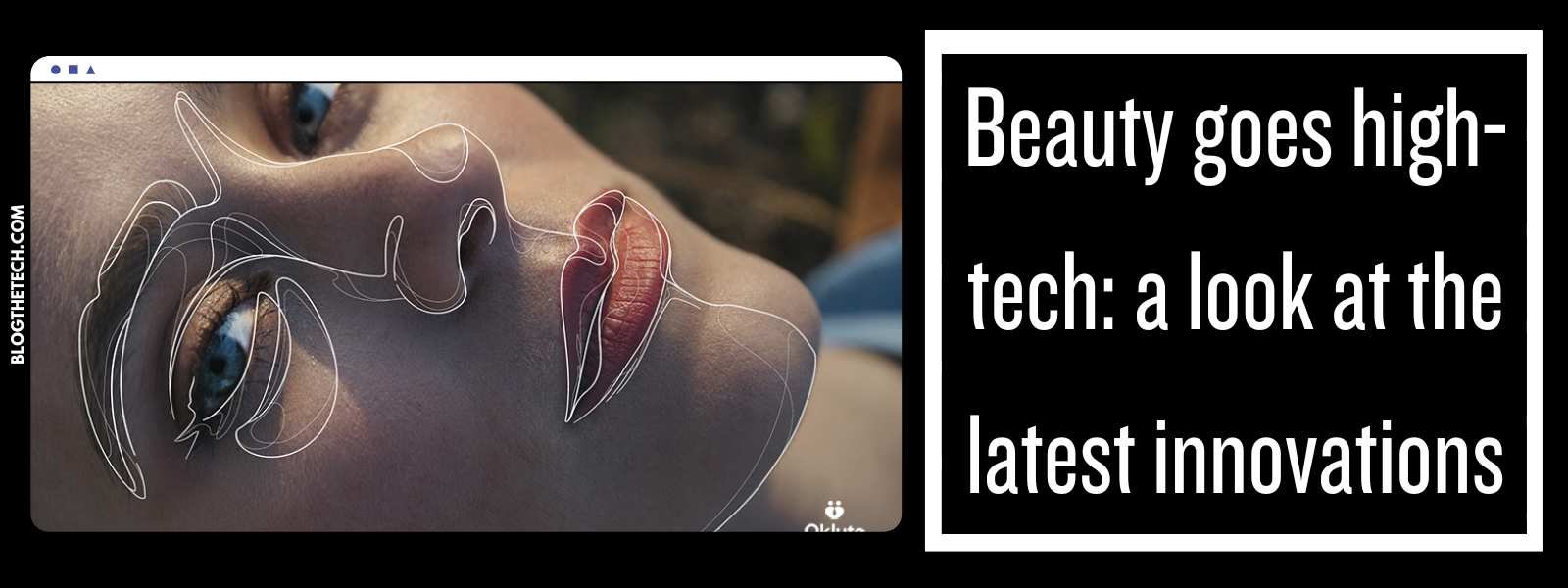Investing in a top-of-the-line workstation can make your work easier and more efficient. The best workstation desktop is packed with the latest Powerful Intel Up to 11th Gen or AMD processors, high-end NVIDIA GPU options, up to 64 GB DDR4 RAM, a wide storage selection of up to 2TB, portable design, and much more.
These powerful features empower your system to manage incredible amounts of data at once and streamline business processes. This will make sure that you get high-functioning computers for both personal and business needs. So, considering the features of your PCs is the most significant part of your investment. Here are some of the top features you need to know to make an informed decision while choosing business desktops.

Central Processing Unit
Workstation CPU is typically optimized to provide faster response times and better graphics. Opt for a model with the flexibility to meet your processing needs. Though even a basic CPU can power typical business tasks, in fields like video editing, math modeling, or game programming, you need to look for a higher-end processor. In general, a computer with Intel Core i7 can be the best bet. But, choose it based on the field-specific processor.
AMD Threadripper Pro 3995WX is the highest-end workstation CPU, whereas AMD Threadripper 3970X or Intel Core i9-10980XE is a high-end workstation CPU. For the best high-performance, choose a desktop PC with Intel Core i9-12900K or AMD Ryzen 9 5950X. For overall usage, opt for Intel Core i7-12700K or AMD Ryzen 9 5900X. If you’re looking for budget-friendly business workstations, then choosing Intel Core i5-12400 or AMD Ryzen 5 5600X is not a bad idea.
Memory
High-performance software programs and applications generally create large memory footprints. Your workstation needs to offer you the flexibility of meeting the needs at hand. For an entry-level, choose a 4G of memory. For a high-end machine, you can go for 750+GB of memory.
GPU
Note that your business workstation PC needs to support the visual outputs that you require when sending financial reports or featuring a film on the display. An integrated or discrete GPU, optimized for workstations, allows your CPU to work efficiently and process screen output.
In fact, the GPU takes some of the load off the CPU. It accelerates processing even more. This feature also leads to better handling of similar computer problems. Keep in mind that you won’t need a high-end GPU unless you want to play games while working on a PC. A decent mid-range CPU would be sufficient for most rendering tasks and video editing.
High-capacity Storage
Make sure that your business workstation offers the TBs of storage capacity. Terabyte (TB) is commonly used as a measure of storage capacity or the amount of stored data. TBs of storage capacity are required by heavy workloads or when it comes to providing the proper headroom to expand. This is important because your employees may need to run heavy programs, run financial models, design aerospace components, manipulate 3D images, and perform many other data-rich tasks.
ECC RAM
Error correction code (ECC) memory is a kind of RAM that is found in business workstations and servers. At times, it is reliable when high-end data is involved. It is recommended to ensure the stability of workstation apps that depend majorly on high-value data. You must ensure that the machine is integrated with ECC RAM to stay protected against PC crashes and data corruption. It acts by detecting and proactively correcting single-bit memory errors before they have a chance to wreak havoc.
Enviable visuals
Choose computer models that support next-generation PCIe Gen3 pro graphics cards from NVIDIA® and AMD. The machine must feature a 10th Generation Intel Core i7 processor with vPro. It should provide 2.9 GHz with up to 4.80 GHz with a turbo boost. A device with 8 cores, 16 threads, and a 16 MB cache is the best option. This is really awesome for those who are looking out for top-performing workstation PCs.
The Perfect Form Factor
In general, the form factor is the configuration, size, or physical arrangement of a computing device. It is usually used to describe the size and arrangement of a device, chassis, computer case, or one of its internal components, like a motherboard.
Remember that smaller form factors are flexible and can often accommodate certain budgets. They are ideal for professionals who work at different sites. What? Because a system with a small form factor is portable. It is also suitable for those companies looking to streamline their office workspace.
In addition, a traditional tower configuration is designed for high performance and expandability. It offers the most space for components and a long-term performance guarantee. It can help spread out costs if you plan to upgrade it somewhere down the line. With a desktop computer tower, you can buy what fits your budget today and then upgrade it in the future.
Redundant Array of Independent Disks
The best business workstation PC offers multiple RAID options to store and process your data. RAID (redundant array of independent disks) is basically a way to store the same data at many places on multiple hard disks or solid-state drives. When choosing a business desktop, consider RAID options for multiple secondary HDDs or SSDs so that you can process your data for mirrored drives that provide failover to each other (RAID 1 mirrored array).
Wrapping Up:
With the increasing modernization best business workstations can improve organizational efficiency and lead your business to new heights. An investment is an asset to your business that helps out in generating revenue, so you must consider minor configurations that can affect growth prospects. Finally, for getting the best, always consider the above-mentioned features.





